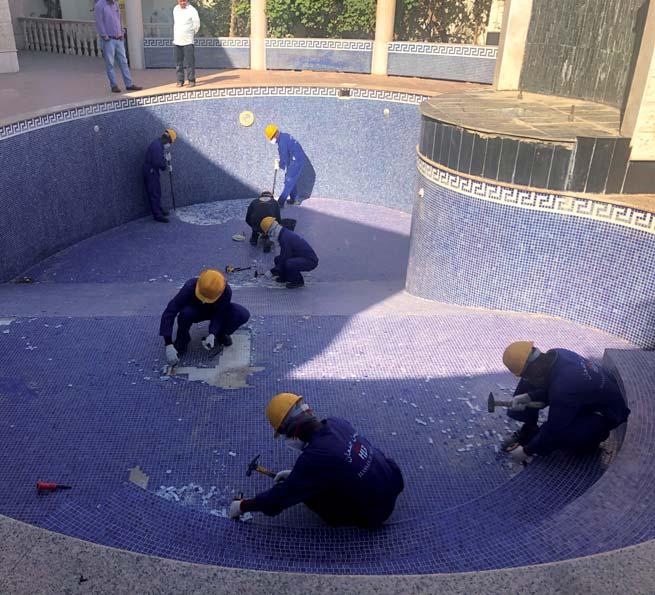ANALYSIS
Designing a New Standard of Safety into Onshore Passive Fire Protection Richard Holliday PPG Protective and Marine Coatings – Warrington, United Kingdom
holliday@ppg.com
The adoption of international standards covering jet fires has been slow, but agencies are responding to a real and critical need, writes Richard Holliday, Global Director – Hydrocarbon PFP, PPG Protective and Marine Coatings.
T
he onshore energy and petrochemicals sector are defined by the strength of its safety culture, but it has only latterly begun moving towards adoption
of the highest fire protection standards. For many years, industry practice has been to protect onshore assets primarily against pool fires but recently the industry has begun to recognise the need to adopt standards covering the more dangerous hazards of jet fires.
This is particularly important in light of the huge increase in gas processing, transport and handling, whether from US shale gas extraction, growth in Liquefied Natural Gas (LNG) or other sources such as hydrogen. The expansion of gas import and export capacity creates hazards different from those in refineries or petrochemical plants. In order to adequately protect these plants designers and operators need to consider protection from jet fires at a design level.
Emerging standards The requirement for a standard against jet fires came to the public’s attention after the Piper Alpha disaster in the North Sea in 1988, in which 165 people on the platform and another two from the rescue boats lost their lives. One of the key findings of the subsequent enquiry was that the passive fire protection (commonly referred to as “fireproofing”) in place on the platform did not survive as long as predicted. In fact, the jet fire on Piper Alpha destroyed the fire protection materials within a matter of minutes, rather than one to two hours that most systems were designed for. For the offshore industry it was a wake-up call. Much research was carried out into the behaviour of jet fires with many large-scale experiments carried out to study their effects. However, such testing is prohibitively expensive and in the early 1990’s work started on a more economical and repeatable test that could become a standard for testing for passive fire protection materials. The resulting standard passed through several iterations within the UK Health and Safety Executive before being passed across to an ISO working group, resulting in the ISO’s 22899-1 standard. This became an internationally recognised standard that could be
02
N.35 - 2020 OCTOBER - ipcm® Protective Coatings
© PPG Industries













